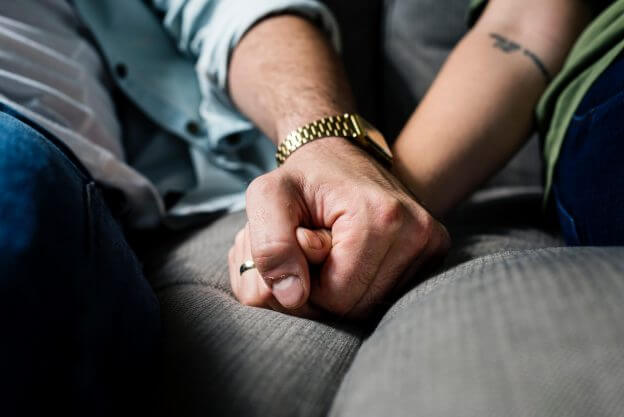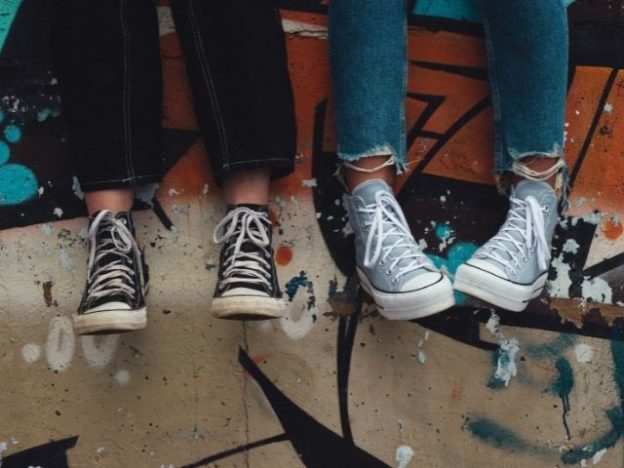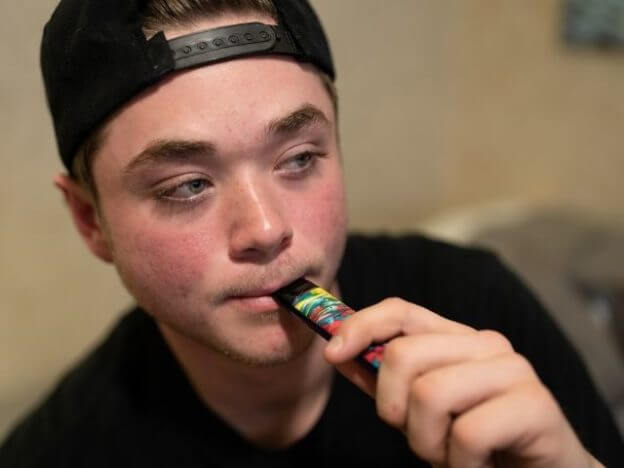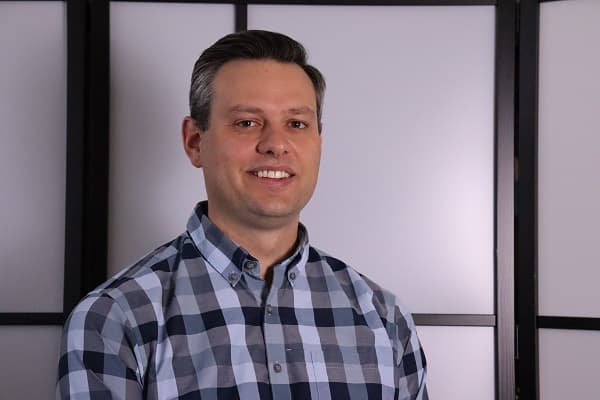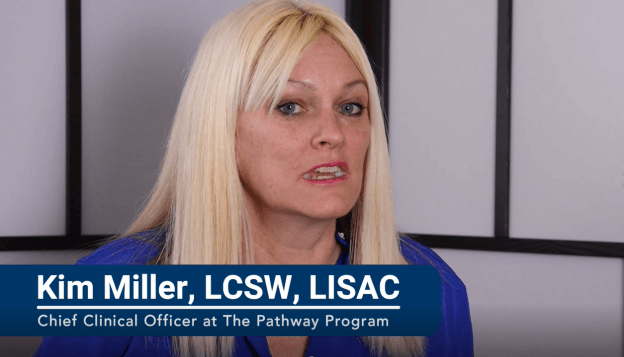We interviewed Dr. Scott Nelson, PhD to ask him some questions about teens, drug use, and information for parents. Dr. Scott Nelson is a native of Michigan, who came to Arizona in 1970 to attend college. He earned three degrees from Arizona State University: Bachelor of Science in Psychology, Masters of Counseling, and PhD in Educational Psychology. In spite of those three degrees, he never really got out of junior high school; spending the vast majority of his career with middle school students in the Tempe Elementary and Mesa Unified school districts. He is a retired licensed Psychologist, and holds a current certification as a school psychologist.
He has a passion for helping guide early adolescent’s in their journey to become positive, productive adults. The initial adolescent smoking cessation campaign in Arizona; Tobacco: “Tumor causing, teeth staining, smelly, puking habit,” was developed through interviews with students at Powell Junior High School, where Dr. Nelson facilitated a smoking cessation program.
Dr. Nelson has a long history of association with 12-step adolescent substance abuse programs, and firmly believes that such programs are crucial in providing young people positive alternatives to the many temptations confronting teenagers. He currently volunteers his services to the students, and community, of Willis Junior High School, in Chandler.
Q: In your experience, how does marijuana affect adolescents?
A: The use of marijuana in adolescence has the potential to stunt social-emotional growth, hamper the development of effective problem-solving, create doubt, diminish self-confidence, and foster negative parental and peer interactions.
While initial substance use may be experimental and “recreational,” continued use (and increasing use) tends to fill gaps in emotional development. So, the adolescent may become prone to choosing the substance in order to feel better, rather than engage in the sometimes complicated and arduous process of problem solving. Such reliance on “quick fixes” reduces the available repertoire of more effective, long-lasting solutions to the myriad of issues that confront the adolescent.
While the adolescent may feel accepted and relieved by the use of marijuana in the company of others, there develops the need to keep such behavior “secret” from parents, caregivers, and authority figures. The weight of such an emotional burden can wreak havoc with the adolescent’s self-concept and confidence. The lifting of such a weight is a nearly universal revelation of adolescents who have successfully been able to deal with their previous history of use. They report that there are other peer-based activities that provide the same dose of emotional satisfaction, as did the previous use of the substance, minus the emotional albatross.
Q: Have you seen a rise in marijuana use in middle school aged students over the last 2 -3 years?
A: Yes, I’ve seen an increase in the use of marijuana by middle school students. Back in the mid 80s, when I began my long association with 12-step adolescent substance abuse programs, it was the students who came to me and asked for help with their use. Today, it seems like marijuana use among early adolescents has become normalized. No, not every teenager is getting high, however, whatever stigma that existed; causing some kids to seek help for their marijuana habit, seems largely to have vanished.
Q: Has the perception of harm caused my marijuana use changed throughout the course of your career?
A: No, the perception of harm has not really changed over the years. Just variations on the same theme. “It’s green. It’s natural. It’s organic. It grows in the ground. Sick people use it. It’s legal.” Most of the current perceptions miss the point, the point of my response to the first question. And frankly, it’s unrealistic to expect early adolescents to grasp the gist of my first answer. They just want to feel better, feel good, escape, be accepted. And, marijuana fills those needs well. Early adolescents, by and large, lack the emotional maturity to grasp the potential harm associated with their behavior. They just want to feel good, right now. Just Say No failed to inoculate kids against the use of substances because the focus was on harmful effects, not on filling “holes” associated with emotional deficits. What kid is likely to say “No” to an activity that makes them feel better quickly?
Yes, adolescents should be made aware of the negative consequences of substance use. We should never stop telling kids what to do, and what not to do. However, we need to realize that only providing such guidance is not enough for some teens.
Having said all that, I must comment on the latest “shiny bright thing” out there; vaping, wax pens. This is not our grandparents’ marijuana. The combination of highly concentrated THC, the lack of counteractive CBD, and whatever else is cut in, increases the potential for harmful effects exponentially. Everyone needs to know that, not just kids.
Q: Did you notice parental attitudes surrounding youth marijuana use change throughout your career? How?
A: I think there has been a general lessening of concern over the use of marijuana over the years, coinciding with the passing of medical marijuana use laws, and the legalization of possession and use of limited amounts of marijuana for recreational use. However, I have encountered very few parents, over the years, who openly advocate for, or approve of, such use by their own teenage children.
The concern here is how kids perceive societal norms. And, it appears that the use of marijuana is becoming more normalized. Therefore, the combination of the immature adolescent mind, and an apparent increase in cultural acceptance of marijuana use has the potential of leading some adolescents down a slippery slope.
Q: At what ages do you believe substance abuse prevention is best delivered in schools? Why?
A: The question here is: What constitutes substance abuse prevention education. There is no minimum age for providing children with the emotional tools necessary to confront the challenges of living. Kids do not initiate substance use wishing for such behavior to become substance abuse. Kids turn to things that make them feel better. The more confident, comfortable, and committed any child is, the less likely that child will turn outward for compensation of emotional deficits.
So from day one of kindergarten, students need to be supported, encouraged, accepted and loved. Specific education on the effects of substance use should take place at an age when children can comprehend, not just hear, such information. My rough guess is that is about in the fourth grade.
Q: How can parents help prevent substance use?
A: If there was one way to parent that would guarantee a trouble free adolescence, they would have written that book already. It hasn’t been written. Nor will it ever be written. The real danger in adhering to someone else’s idea of what you should do is that rarely does that person fully grasp the complexities of your situation. Having said that, there are some things that might help. To the extent that kids don’t have to wonder or worry, they may be less likely to turn outward to soothe whatever fears they have. Raising a successful adolescent begins way before the onset of adolescence. To the extent that one can provide structure, standards, and routines, children will have less to question or doubt. What such standards are will depend on the unique set of circumstances in each family, which is why that “book” hasn’t been written.
Adolescents crave attention and approval. Don’t be shy about encouragement, support, and love. Don’t be afraid to enforce standards, limits, and rules. Remember that it is the adolescent’s “job” to question, to bump up against your “fences.” Do not be surprised or upset when they do. Just make sure the “posts” are firmly set in the ground. Listening to a teenager’s wants, desires, complaints, concerns, does not give license to such behavior. On the contrary, it validates deeply held emotions. The nonjudgmental listening to such allows the release of pressure, thereby decreasing the potential for explosion.
Q: What can parents do to help teens build resilience?
A: Be there. Be at their “address.” Nonjudgmental listening will let you know where they reside. Love, encourage, support. Laugh. Plan. Dream. Show hope. Establish routines, things your kid can fall back on when their world, which often differs from your world, is falling apart, or shattered into pieces on the ground. Every day is a new day. Things take time. One thing at a time. One day at a time. Nothing good and lasting ever started quickly. Every journey begins with a first step – take it. Take it with them. There are no guarantees. What has happened has happened, what’s next, move forward. Help others. Encourage them to give of their time in service to others. Resilience is all about confidence, comfort, and resources. Be a resource. Be there.
Q: How can a parent best nurture a positive relationship with a teen?
A: Talk, listen, communicate. Communication Resolves All Problems. Have expectations for your children. Have standards. Set limits, and hold to them. Help your child to Properly Interpret Social Situations. Some behaviors are only acceptable in some situations. Being able to “read” emotional and societal situations is as important, or perhaps more important, than being able to read the written word.
Having a positive relationship with an adolescent starts way before adolescence. Put in the time early. All the things I mentioned in my previous response apply here.
I raised twin girls. Everyone told me, “Just you wait.” They are now 29 years old. I’m still “waiting.” One day at a time.
Q: Can you share some lessons you learned from working with adolescents?
A: My favorite therapeutic statement is: “So, what’s it like to be you?” My favorite therapeutic behavior is to shut up and listen. My favorite therapeutic plan starts with: “So, what’s next?” And, then I shut up and listen, again. What I learned from kids is that each child brings their own baggage to the train station, and that I’m not the engineer, despite all my formal education. I’m the porter. I’m just helping them see a path to get where they want to go. I may carry their bags a bit, but I will strive to always return them “lighter” than when we first met.
All kids want the same things: Love, acceptance, approval, attention. While their behavior might mask their emotions, feelings, desires, masks are temporary, sometimes protective, and, ultimately, to be taken off. I’ve learned to be extra kind, extra gentle.
Q: Is a peer support system critical to a teen staying off of drugs?
A: Yes. Birds of a feather flock together. You are who you hang with. No man is an island unto himself.
Q: If you could have teens hear one thing from you regarding substance use, what would it be?
A: Things take time. You matter. Help others.
Q: If you could have parents hear one thing from you regarding substance use, what would it be?
A: You were a kid once too. Things take time. That behavior you see that you don’t like: it’s a mask. Beneath lies confusion, fear, frustration, sadness, disappointment… just to name a few. Be a Porter, carry their baggage a bit. Return it lighter than when you first picked it up.





